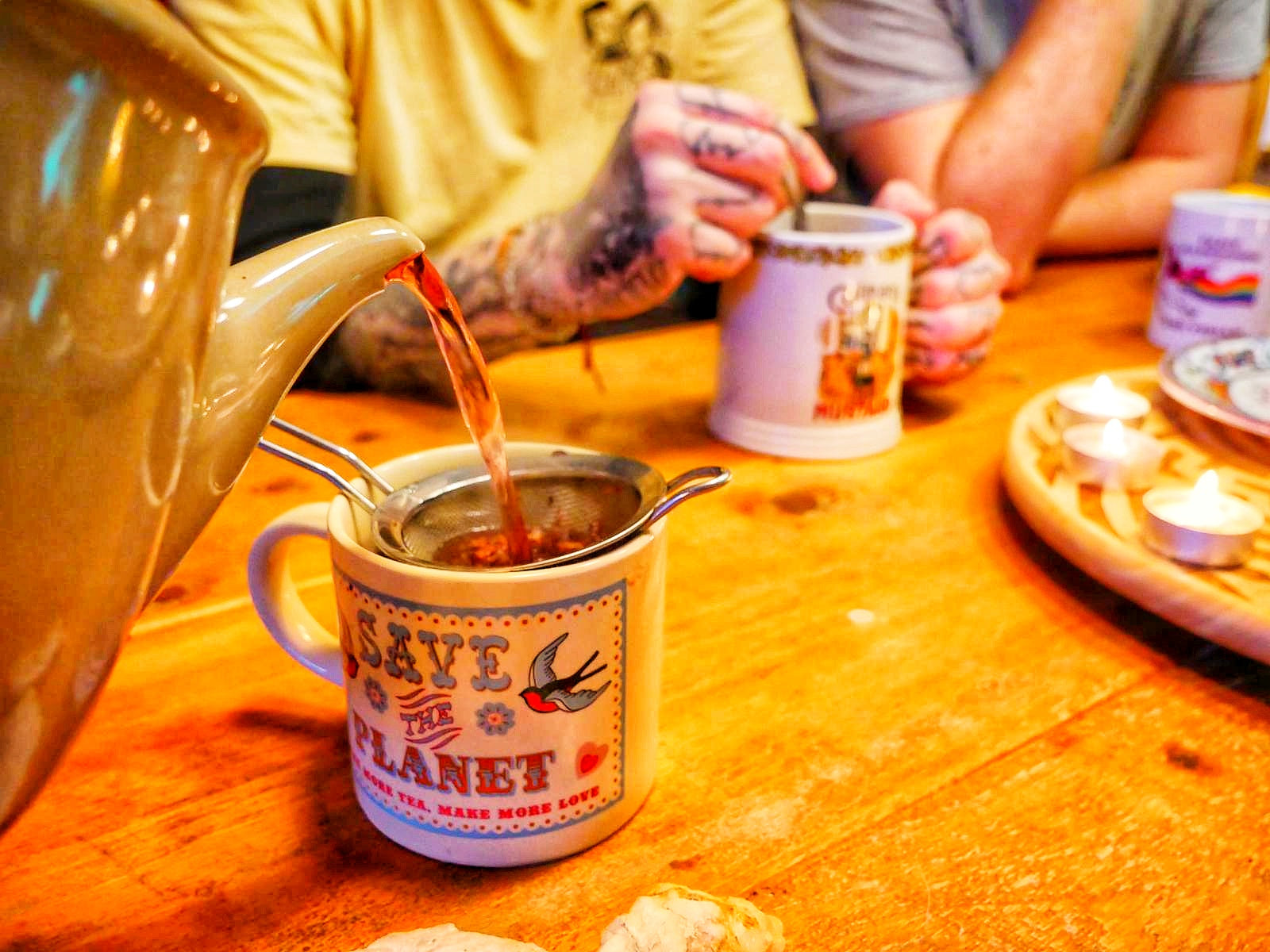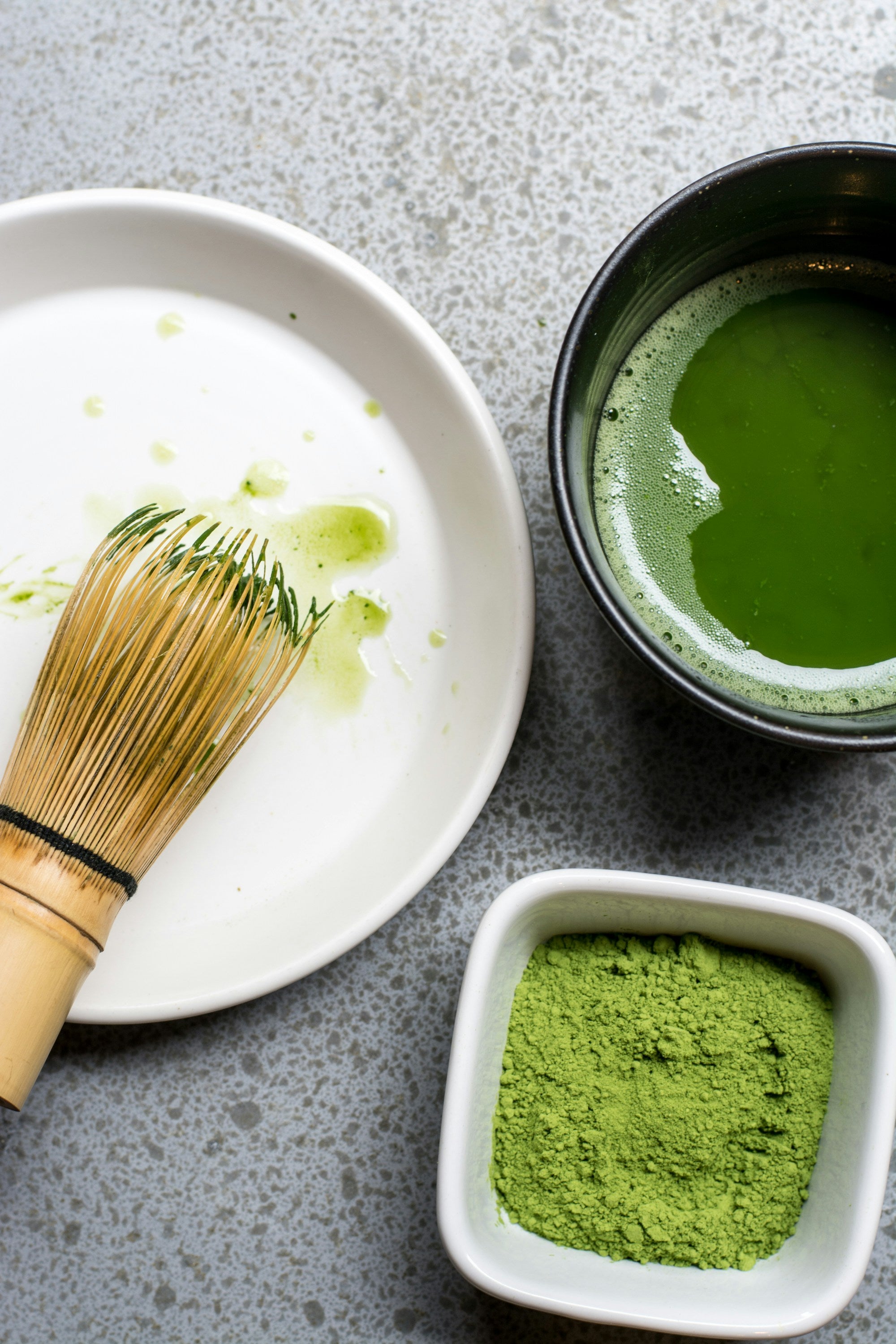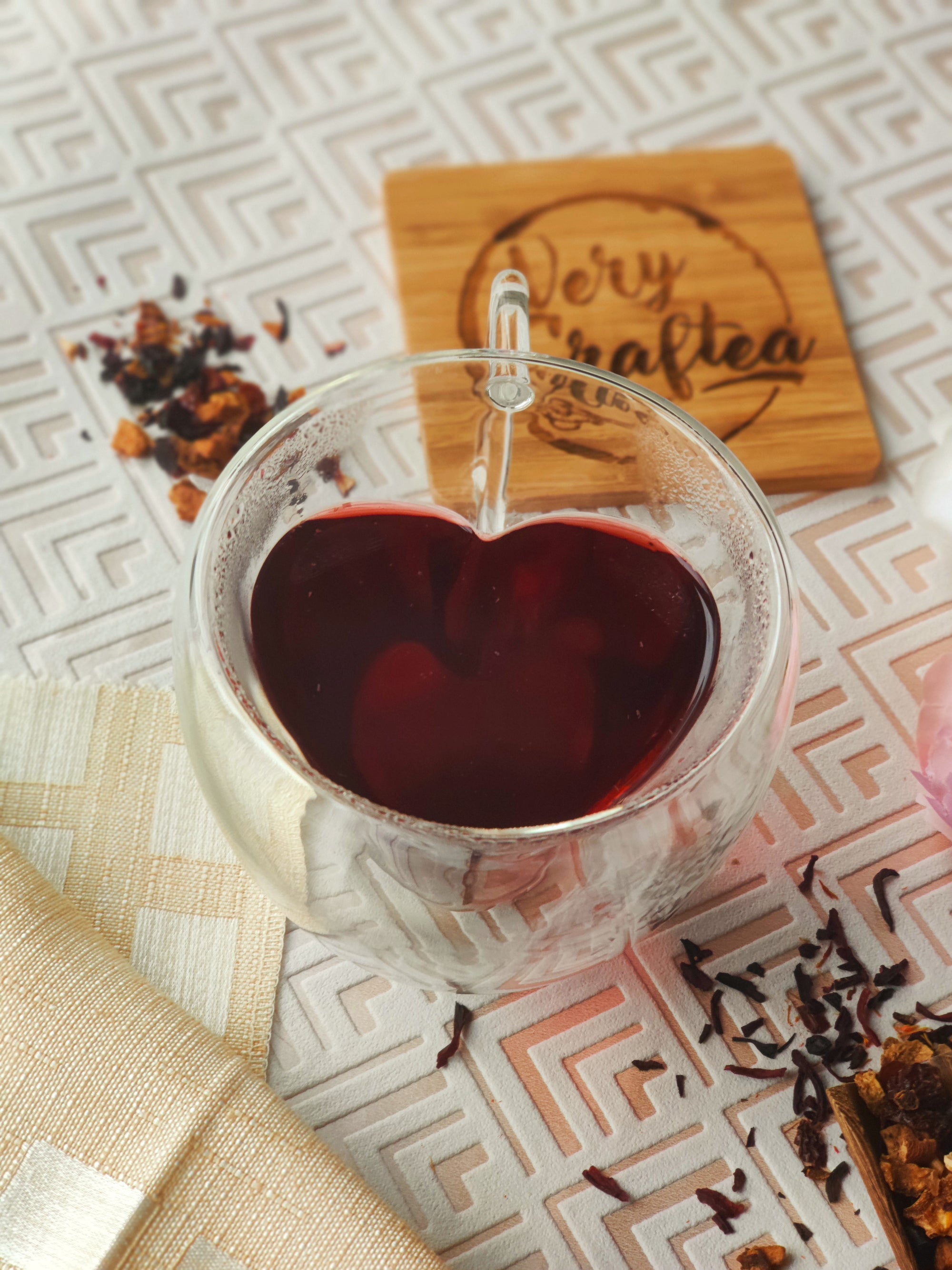As with wine, tea is described in the same sort of way. There are tea sommeliers, tasting notes, guides, books - which can be quite overwhelming and maybe might be a bit scary
But fear not! I'm here to give you the basics so you can wow your friends with your new knowledge. Who knows, it might come up on a pub quiz (I know there was something in a crossword that my friend did!)
So lets start
Origins
Tea comes from all over the world, from various countries. It encounters so many people and processes along the way. These are the exotic and far flung lands from where your tea is lovingly grown and harvested.
China - Keemun, Lapsang, Oolong
India - Assam, Chai, Darjeeling
Japan - Matcha, Sencha
Sri Lanka - Ceylon

Tea Terms
Tea - all teas, whether they are black, green, white - are all from the plant camellia sinensis. They are just processed in a different way
Tisane - anything which doesn't contain leaves from camellia sinensis should technically be called a tisane. These can be fruit or herbal infusions
CTC - this stands for Cut-Tear-Curl. It's the process of when tea leaves are shredded and normally goes into tea bags
Flush - refers to the timing of the tea harvest
Grading - the grading system ensures tea leaves are sifted and searched through to ensure the highest quality
Liquor - sounds alcoholic, but is another word for the water after brewing with tea leaves
Different Types of Tea
There are six different types of tea:
Black - the most traditional and the one everyone has heard of. You'll find it in English Breakfast, Earl Grey and Lapsang Souchang. It's fully oxidised to give it's dark appearance and strong flavour
Green - is heated as soon as the leaves are plucked to prevent oxidisation, giving it it's trademark vegetal flavour
Oolong - it's a mix between a green tea and a black tea, meaning they are partly oxidised. These are also hand rolled, full leaves and look gorgeous when brewed
White - is made from a leaf, which is just picked, dried and that's it. This is the purest tea you can get. It has a very light and floral flavour
Pu'erh - grown in Yunnan province in China, and have an earthy character which is gained over months and years of ageing. These are collected and can be worth loads of money
Yellow - is super rare and only grown in China. I've only ever tried this once. It has a pale yellow liquor and a sweet flavour

Smell
So now you know the basic tea terms and what different types of tea there are, now we can get on to sniffing it!
Aroma - obviously the most important thing. If it smells good, then it's going to be a good cuppa
Nose - it's fancy term used by tea experts. Basically if it is said to have a good nose then the tea is good
Tarry - this means the smokey smell you have with some teas. You'd recognise it from Lapsang Souchong
Woody - it's like walking in a forest and you'll expect that from black teas

Taste
Now, this is the best bit - the taste! You can't beat that first sip of tea in the morning, or afternoon or anytime actually! There are lots of ways to describe tea, but try these ones to get started:
Flavour - there are a few categories to describe the different tastes and flavours: Vegetal, Fruity, Floral, Sweet, Spicy, Nutty and Smokey. These categories have sub-categories to describe the different combination of flavours, such as:
- Citrus
- Leather
- Earthy
- Grassy
- Metallic
- Seaweed,
- Smokey
Full Bodied - you'll have heard this when describing wine. This means a strong tea with good colour and no bitterness. A prime example of this is my China Keemun
Muscatel - this is another one from the wine world. It means that the tea that has a similar flavour to grapes. It's usually associated with second flush Darjeeling teas

I hope this is helpful. Pop a comment below if there's anything else you'd like to know about lovely tea!


